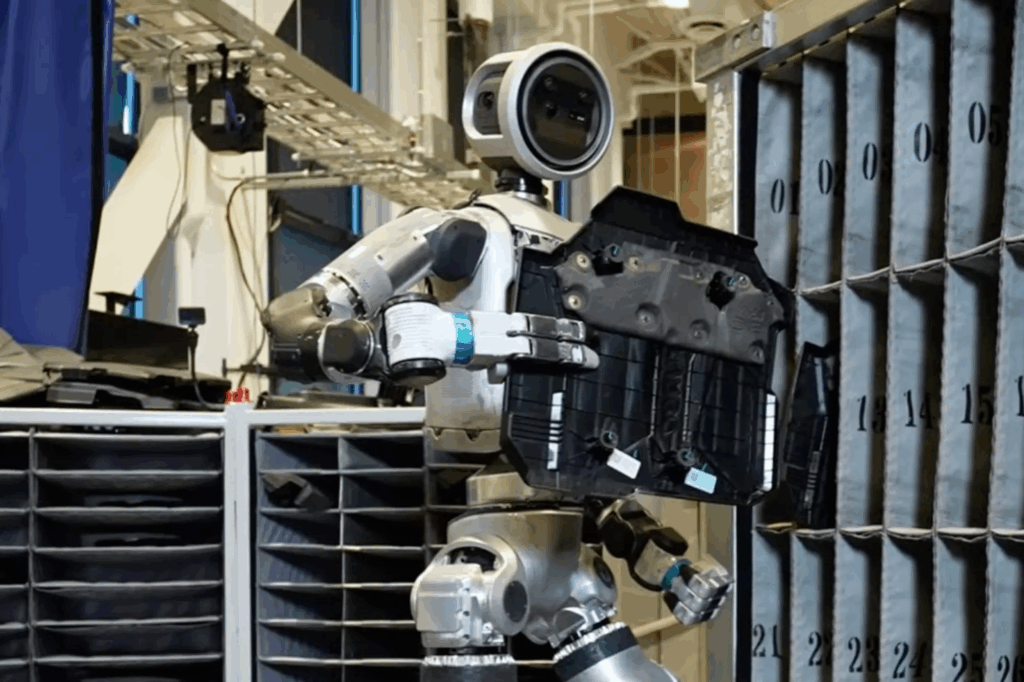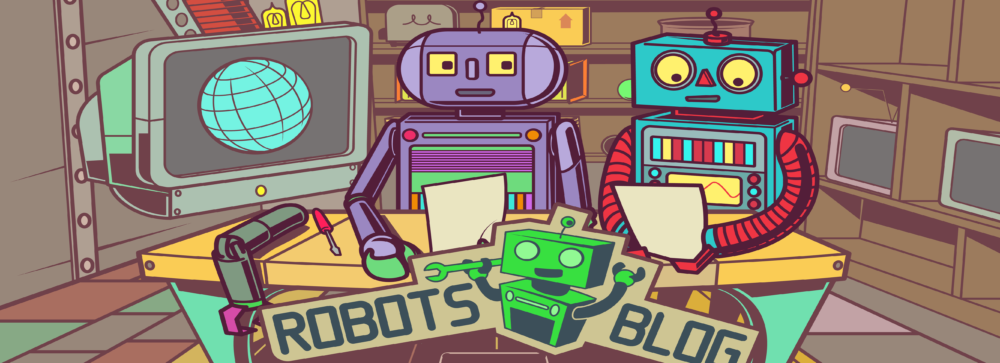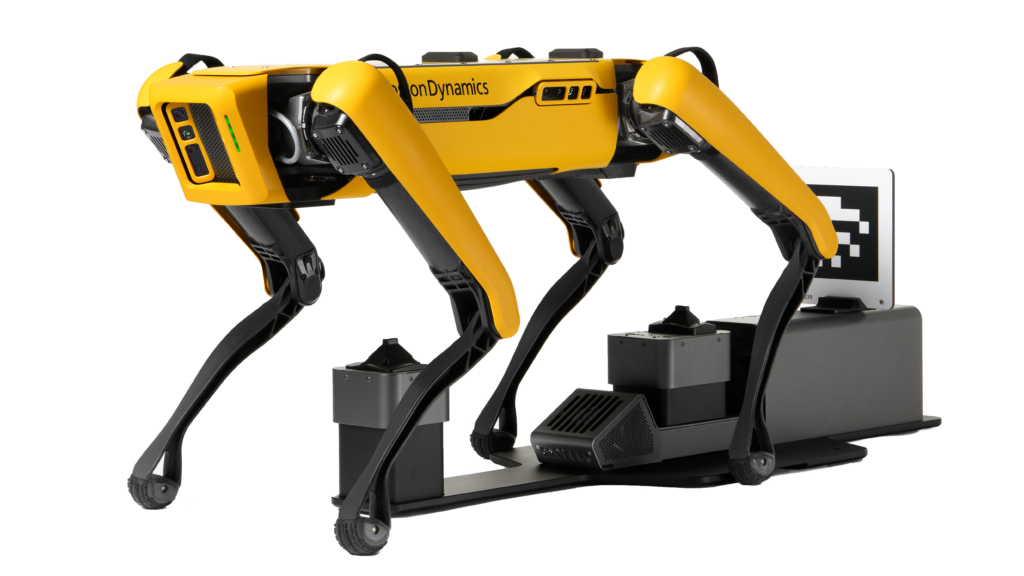Die Entwicklung im Bereich humanoider Roboter schreitet mit einer beeindruckenden Dynamik voran. Das Kräftemessen zwischen den USA und China sowie Fortschritte im Bereich der KI, der Batterieentwicklung und der Mechanik befeuern die Performance der Men in Blech. Auf der automatica wird deutlich werden, wie weit diese Entwicklung bereits fortgeschritten ist.
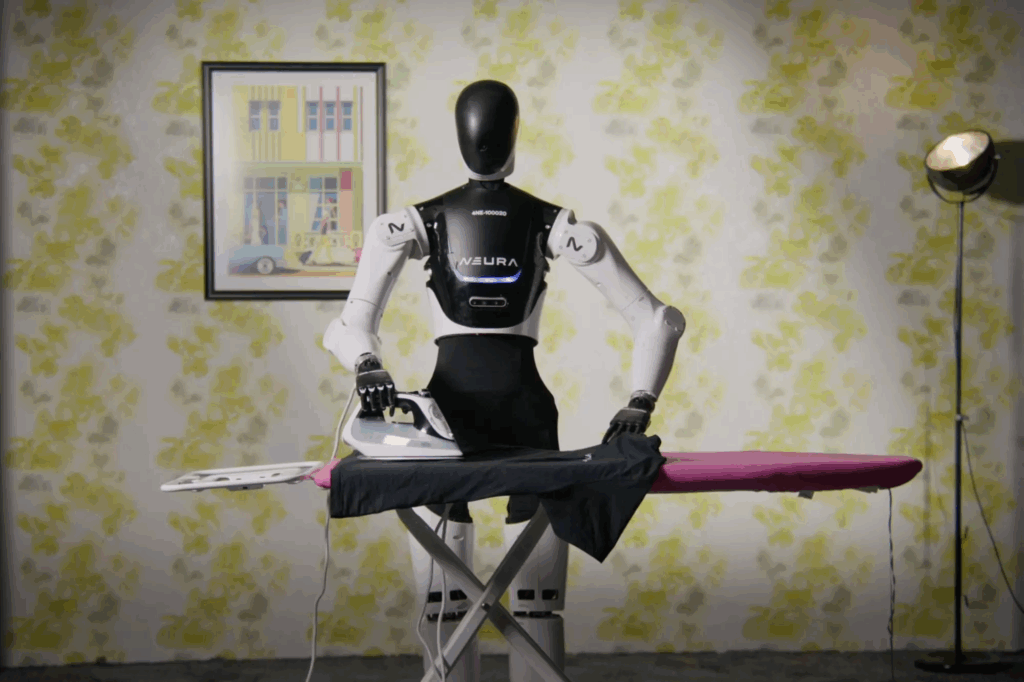
Was die Humanoiden im Reich der Mitte zu leisten im Stande sind, konnten sie jüngst bei einem Halbmarathon in Peking unter Beweis stellen. Auf der gut 21 Kilometer langen Laufstrecke traten rund 20 humanoide Roboter erfolgreich gegen Menschen an. Mit dem Wettlauf hat die Volksrepublik ihr Ziel erreicht, sich als einer der führenden Anbieter menschenähnlicher Roboter zu präsentieren.
Zwei Beine ermöglichen maximale Flexibilität und Mobilität
Aber gerade ein Halbmarathon führt zwangsläufig zu einer oft gestellten Frage: Warum haben Humanoide Beine? Wäre es nicht effizienter, Radantriebe zu nutzen? Weshalb die meisten Humanoiden dennoch mit zwei Beinen ausgestattet sind, erklärt Jonathan Hurst, Chief Robot Officer bei Agility Robotics: „Zweibeinige Roboter sind für die Koexistenz mit dem Menschen konzipiert und bieten eine Vielseitigkeit und Mobilität, die über das hinausgeht, was Radantriebe leisten können. Durch den Einsatz von Beinen können sich Humanoide an komplexe Umgebungen anpassen, Treppen steigen, Bordsteine überwinden und ein breites Aufgabenspektrum erfüllen.“ Digit, der Humanoide von Agility, ist bereits in vielen Applikationen vorwiegend in Logistikzentren im Einsatz wie beispielsweise bei amazon und GXO Logistics. Mit einer Körpergröße von 1,75 m und einem Gewicht von etwa 64 kg kann Digit komplexe Aufgaben wie das Heben von Lasten mit einem Gewicht von bis zu 16 kg ausführen. Und dank fortschrittlicher Sensorik, darunter LIDAR und Kameras, kann er auch selbstständig navigieren. Über Digit und die Frage, wie Humanoide Lücken in der Automatisierungskette schließen können, spricht auch Melonee Wise, Chief Product Officer bei Agility Robotics, auf dem automatica Forum in Halle A5. Anwendungsorientiert referiert direkt im Anschluss Carolin Richter, Head of Next Generation Robotics bei der BMW Group, über die Erfahrungen des Unternehmens mit konkreten Praxiseinsätzen von Humanoiden.
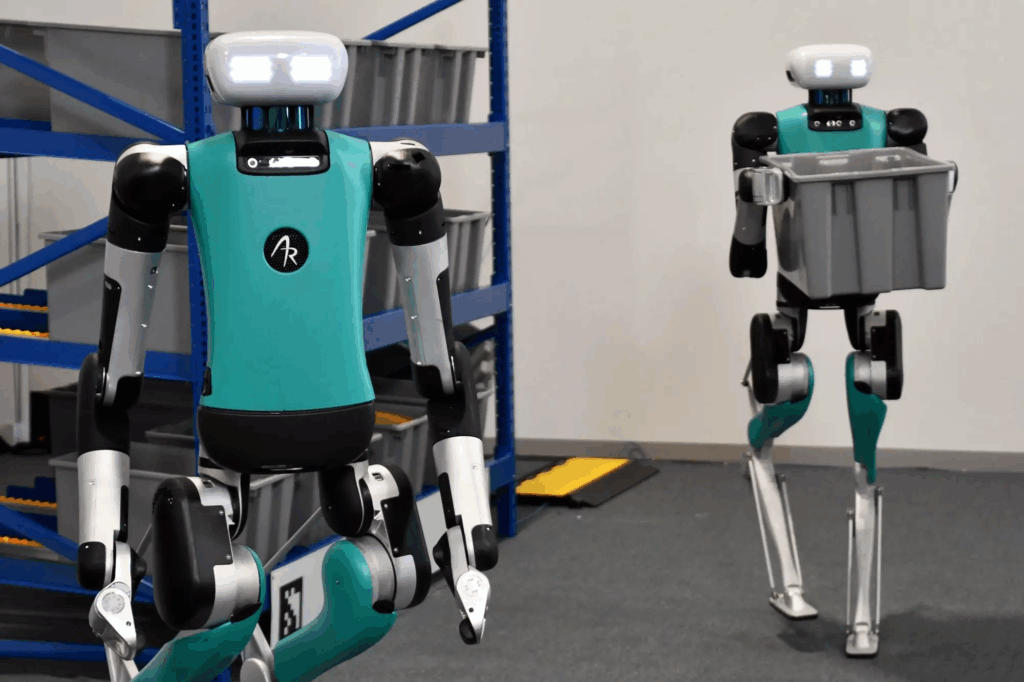
USA mit Vorreiterrolle in der Technologieentwicklung
Wie Digit kommen weitere hochentwickelte Humanoide aus den USA, darunter Atlas von Boston Dynamics, Optimus von Tesla, Figure 01 und 02 von Figure AI und Apollo von Apptronik. Sie alle arbeiten bereits in Piloteinsätzen in der Automobilindustrie. „Wir entwickeln die fortschrittlichsten und leistungsfähigsten humanoiden Roboter der Welt, die den Menschen auf sinnvolle und revolutionäre Weise zur Seite stehen“, sagt Jeff Cardenas, CEO und Mitbegründer von Apptronik. Aber viel Kapital und potente Mitstreiter sind nötig, um diese Entwicklungen voranzutreiben. Gerade konnte Apptronik eine Finanzierungsrunde von mehr als 350 Millionen Dollar abschließen. Kooperationen mit der NASA, NVIDIA, Google DeepMind und auf der Anwenderseite mit Mercedes-Benz und GXO Logistics sollen sicherstellen, dass Apptronik in diesem Zukunftsmarkt weiter ganz vorne mitspielen wird.
Deutschland mit Aufholbedarf bei humanoider Robotik
Zwar spielt Deutschland auf dem Weltmarkt für Humanoide keine Schlüsselrolle, dennoch belegt die automatica, dass es auch hier vielversprechende Entwicklungen gibt. Denn neben dem 4NE-1 von Neura Robotics, der bereits 2023 auf der automatica debütierte, werden dieses Jahr weitere Humanoide den Weg nach München finden. Einer von ihnen kommt aus Köln und hört auf den Namen „Iggy Rob“. Igus bietet seinen ersten humanoiden Roboter für knapp unter 50.000 Euro an. Möglich wird dies nach Herstellerangaben durch die Kombination aus hauseigenen Komponenten wie den ReBeL Cobots für die Roboterarme und der mobilen Basis ReBeL Move. Sein Einsatzspektrum reicht von der Assistenzrobotik über Fabrikautomation bis hin zu Bildung und Forschung. Igus will Iggy Rob im eigenen Unternehmen für die Automation von Spritzgießmaschinen nutzen.
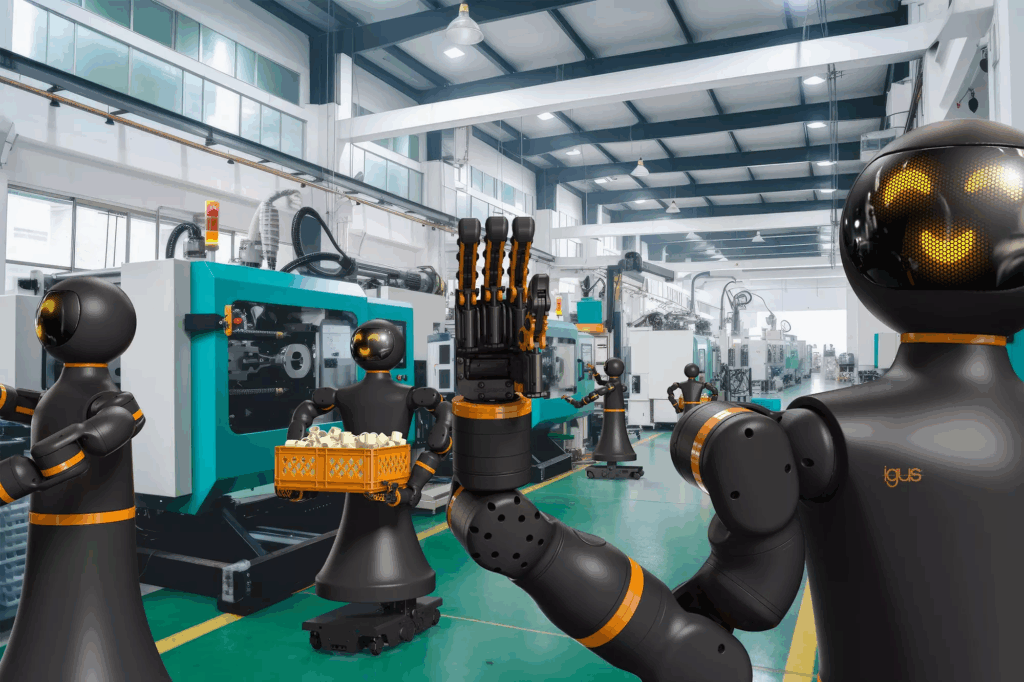
© Messe München GmbH
Mit Spannung erwartet wird auch der Messeauftritt des Instituts für Robotik und Mechatronik des Deutschen Zentrums für Luft- und Raumfahrt. Hier forscht man intensiv an der Weiterentwicklung in der humanoiden Robotik. Die jüngsten Ergebnisse werden auf der automatica zu sehen sein. Aufhorchen lässt auch die jüngst geschlossene Kooperation des Instituts mit Siemens. „Diese strategische Partnerschaft ist ein weiteres Beispiel für Transfer von Robotiktechnologien aus der Raumfahrt in industrielle Anwendungen“, sagt Institutsleiter Alin Albu-Schäffer. „Die enge Vernetzung mit führenden deutschen Industriepartnern wie Siemens ist essenziell, um die Wettbewerbsfähigkeit der europäischen Robotik auch in der Zukunft, angesichts der rasanten Entwicklungen in USA und China, zu sichern.“
Humanoide Roboter: ein gigantischer Wachstumsmarkt
Tesla sieht sich mit seinem humanoiden Roboter Optimus als Technologieführer. Dieser bewegt sich elegant, ist schnell und besitzt eine hochflexible Fünffinger-Hand. Musk hält Einsätze im Haushalt oder in der Kinderbetreuung bald für möglich und auch Goldman Sachs sieht für den weltweiten Markt für Humanoide hohes Potential. Demnach könnte dieser bis 2035 auf 38 Milliarden US-Dollar steigen. Neben US-amerikanischen Unternehmen verfolgt auch die Volksrepublik ambitionierte Ziele und will innerhalb der nächsten drei Jahre zum Weltmarktführer im Bereich humanoider Roboter aufsteigen. Mittelfristig sollen in China fünf Prozent aller Jobs von Humanoiden übernommen lassen. Das würde dem Einsatz von rund 35 Millionen Einheiten entsprechen. Bereits heute sind in Chinas Unternehmen Humanoide von Unitree, AgiBot, Engine AI, Fourier oder Ubtech in unterschiedlichen Applikationen und Branchen im Einsatz.
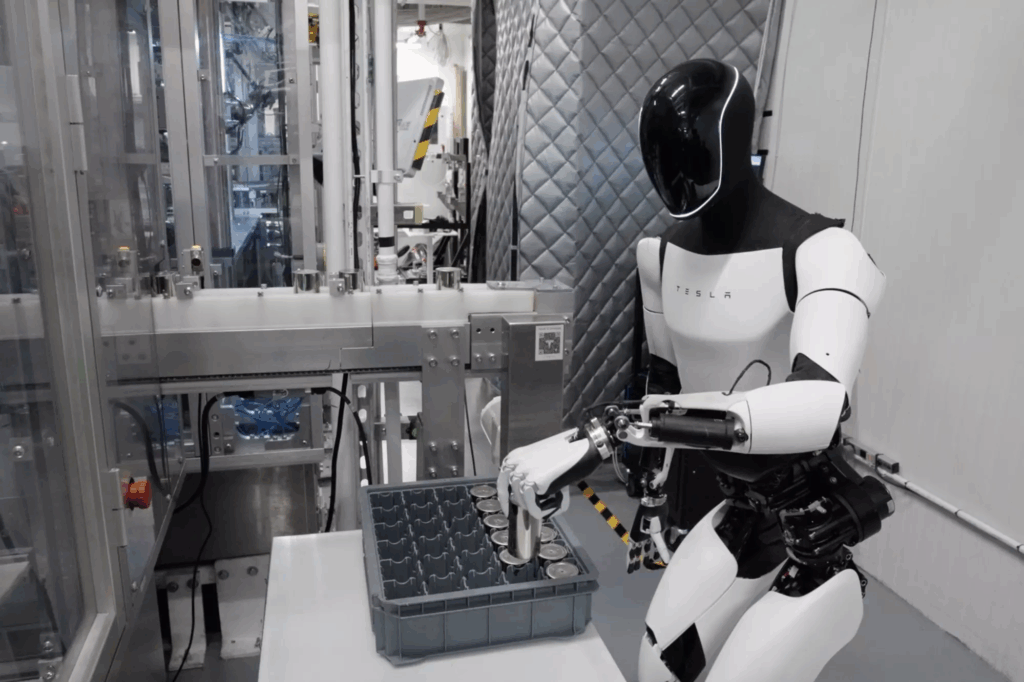
Branchenprimus Unitree bringt als einer der ersten Hersteller weltweit mit dem G1 einen kleinen Humanoiden zum spektakulär niedrigen Preis auf den Markt. So soll die Basisversion des 1,3 Meter großen und 35 kg leichten G1 in China nur 16.000 Euro kosten, hierzulande werden dann daraus wohl eher knapp 30.000 Euro. Und je nach Ausbaustufe kann sich dieser Preis schnell mehr als verdoppeln. Das Interesse am G1 ist groß, wie Unitree-Marketingmanagerin Qian Yuqi verrät: „Es gibt bereits Bestellungen aus dem In- und Ausland. Zunächst dürften vor allem wissenschaftliche Forschungseinrichtungen unseren Roboter einsetzen, aber auch Industriebetriebe können sich vorstellen, G1 für einfache Arbeiten zu nutzen.“
Die Entwicklung zeigt: Die Zeit für Humanoide und damit für eine neue Ära der Automation ist gekommen. Dank KI sind sie bereits jetzt in der Lage, einen Teil der Aufgaben zu übernehmen, die bislang Menschen vorbehalten waren. Die automatica verspricht spannenden Einblicke, was Humanoide zu leisten im Stande sind und wie ihr Einsatz die Arbeitswelt beeinflussen kann.
